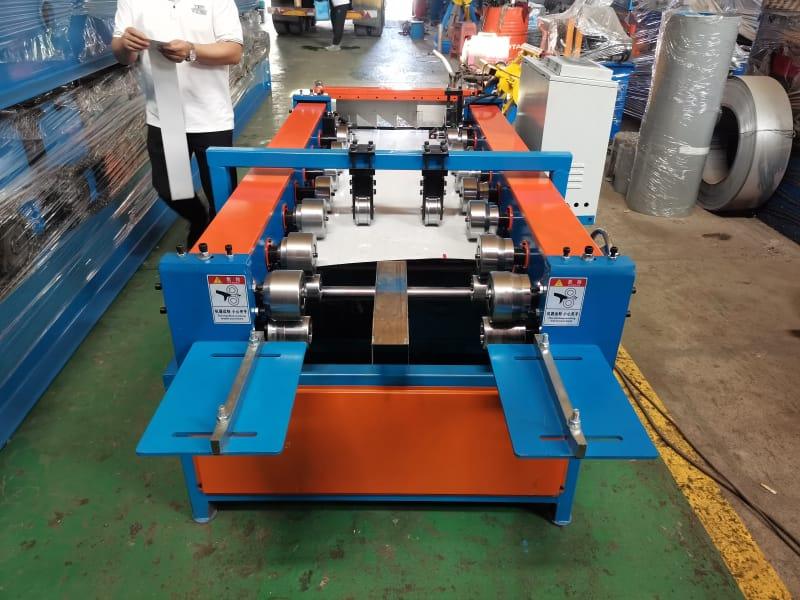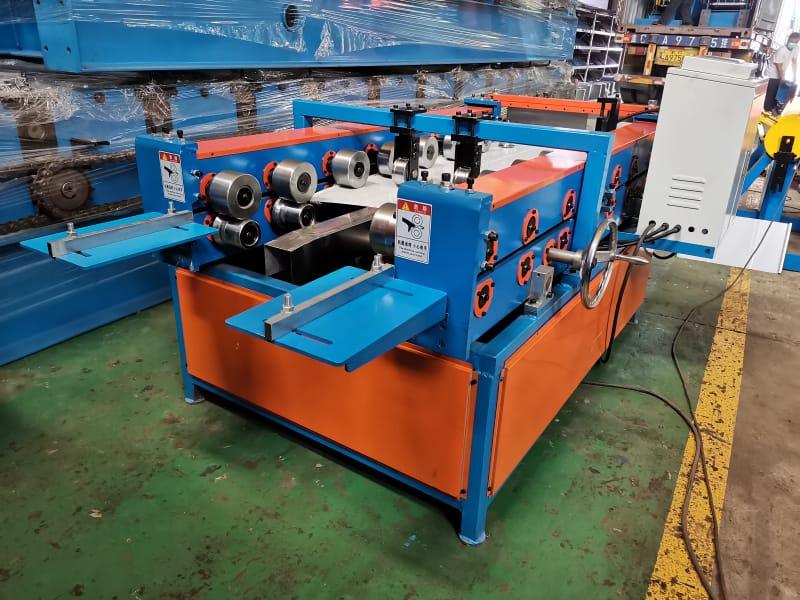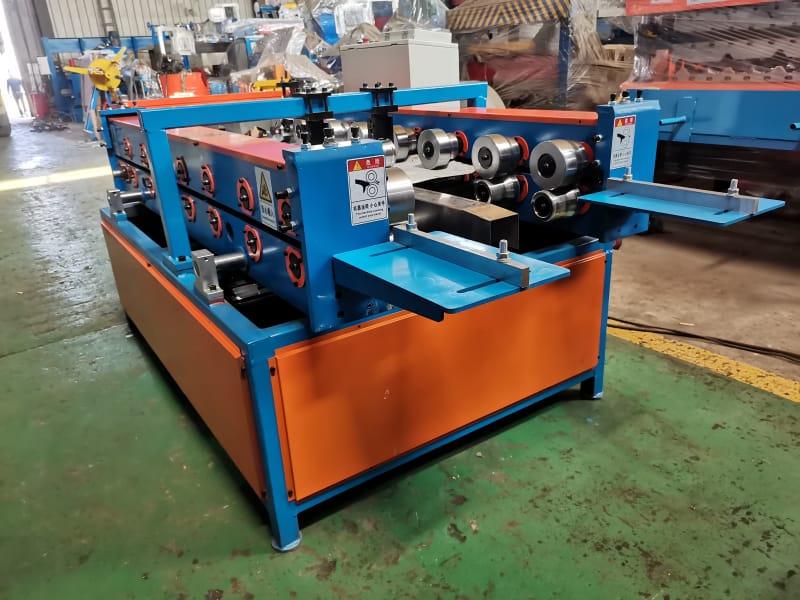Detailed explanation of standing seam roof tile forming machine related knowledge
In the field of building roof engineering, the standing seam roof tile forming machine plays a key role. To understand this equipment, it is necessary to analyze it from multiple aspects.

Applicable scenarios of standing seams
The roof slope is an important factor in determining the laying method of roof tiles. When the roof slope is very small, the laying method of standing seams is particularly important. A small slope means that the flow speed of rainwater on the roof is relatively slow, and higher requirements are placed on the waterproof performance of the roof. The standing seam roof tiles produced by the standing seam roof tile forming machine have a unique splicing method that can effectively enhance the waterproof performance of the roof and prevent rainwater leakage. Roofs with large slopes are more suitable for glazed tiles. The large slope allows rainwater to flow quickly. The heavy texture and beautiful appearance of glazed tiles can not only meet drainage needs, but also add a unique artistic style to the building.

Classification of standing seams
Standing seams are mainly divided into two types: self-locking (quick lock) standing seams and mechanical lock standing seams.
Self-locking (quick lock) standing seams: This standing seam method has unique design advantages. It can quickly achieve self-locking splicing during the installation process through the structural characteristics of the tiles themselves. This design greatly improves construction efficiency and reduces installation time and labor costs. Moreover, the tight splicing of self-locking standing seams can also effectively ensure the waterproof performance of the roof.

Mechanical lock standing seams: Mechanical lock standing seams use mechanical connectors to connect tiles. This connection method is more solid and can withstand greater external forces, such as strong winds and snow. In some construction projects that require high roof structural stability, mechanical lock standing seams are more widely used.
Customer demand for portable machines
In terms of market demand, there is a specific customer group for portable standing seam roof tile forming machines. Most customers with portable needs are construction teams, not those who make boards for sale. During the construction process, the construction team needs to transport the machine to the construction site. Portable machines can be transported more conveniently, and can even be directly hoisted onto the roof for operation, which greatly simplifies the complexity of construction operations.

Construction areas are mostly concentrated in residential areas rather than industrial areas. The construction environment in residential areas is relatively complex, and the convenience and adaptability of the machine are required to be higher. In addition, since the construction environment is in residential areas, customers often require single-phase voltage for the machine, which is the household electricity we use daily. This requires that the portable standing seam roof tile forming machine be designed to adapt to this common voltage environment so that it can be used smoothly in construction in residential areas.
